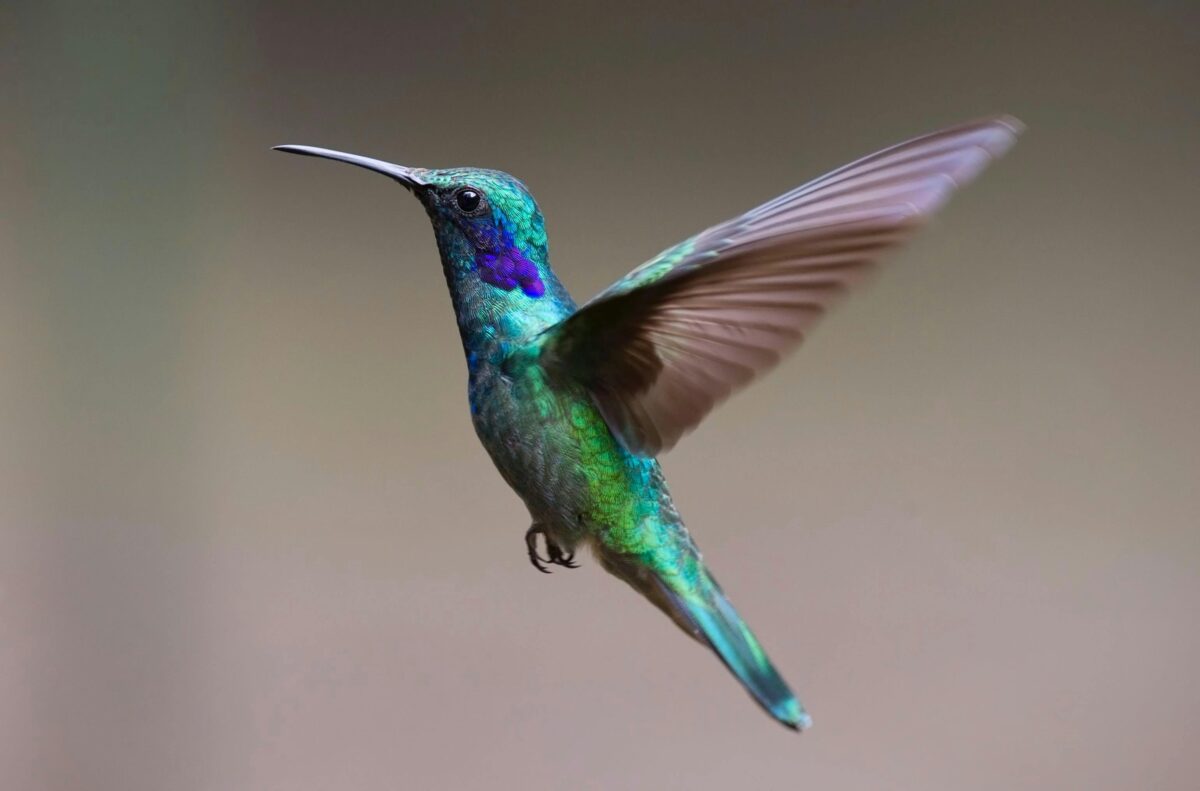Hummingbirds are not only fascinating for their vibrant colors and incredible hovering abilities, but they also exhibit remarkable migration patterns that intrigue bird watchers and nature enthusiasts alike. Understanding whether hummingbirds migrate, their migration routes, and the challenges they face during this journey can enhance our appreciation for these small yet resilient birds. This article delves into the intricacies of hummingbird migration, providing insights into why and when they migrate, their destinations, and how we can support them along way.
Yes, hummingbirds do migrate. Most species undertake long journeys between their breeding grounds and winter habitats, primarily driven by the need for food and suitable nesting conditions. Migration is a critical survival strategy that allows them to exploit seasonal resources, ensuring they have enough sustenance to thrive.
Why Hummingbirds Migrate
The primary reason hummingbirds migrate is to find food. These birds rely heavily on nectar from flowers and small insects for energy. As temperatures drop and food sources dwindle in the fall, they instinctively move south to warmer regions where food is more abundant. Additionally, migrating allows them to escape harsh weather conditions, ensuring their survival through the winter months.
Hummingbird migration typically occurs in the spring and fall. Most species begin their journey south in late summer or early fall, with the precise timing varying based on geographical location and species. In North America, Ruby-throated Hummingbirds, for example, often start their migration around mid-August, while they return to their breeding grounds in late March to early April.
During migration, hummingbirds travel to various regions depending on their species. Many North American hummingbirds spend their winters in Central America, particularly in Mexico, where they find abundant food sources. For instance, Ruby-throated Hummingbirds migrate from the eastern United States to central Mexico, while Rufous Hummingbirds journey from the Pacific Northwest to Mexico’s southern regions.
The distance hummingbirds travel during migration can be astonishing. Some species cover thousands of miles. The Ruby-throated Hummingbird, for instance, migrates approximately 2,000 miles from its breeding grounds in North America to wintering areas in Mexico. These tiny birds are known for their incredible endurance, often flying non-stop for up to 18 hours across the Gulf of Mexico, a feat that showcases their remarkable physical capabilities.
Common Migration Routes and Timelines
Hummingbirds follow specific migration routes influenced by geographical landmarks, food availability, and weather patterns. The most common routes include:
- Ruby-throated Hummingbird: Migrates from eastern North America to central Mexico, often crossing the Gulf of Mexico.
- Rufous Hummingbird: Travels from the Pacific Northwest down to southern Mexico, with some individuals making a detour through the Rocky Mountains.
- Black-chinned Hummingbird: Breeds in the western United States and migrates to Mexico for the winter.
These migration patterns generally align with seasonal changes, with hummingbirds departing their breeding grounds in late summer and returning in the spring as flowers bloom and food sources become available again.
Species Spotlight: Migration Patterns of Popular Hummingbirds
Ruby-throated Hummingbird
The Ruby-throated Hummingbird is the most common species in North America and is known for its impressive migration journey. These birds typically breed in eastern North America and migrate to central Mexico, covering around 2,000 miles. They are remarkable for their ability to fly non-stop across the Gulf of Mexico, often taking flight at dusk to reach their destination by dawn.
Rufous Hummingbird
Rufous Hummingbirds are known for their long migration routes, traveling from Alaska and Canada to central Mexico. They are one of the earliest migrators, often leaving their breeding grounds in late July. Their journey is not only long but also challenging, as they navigate through mountain ranges and various habitats to reach their wintering grounds.
Black-chinned Hummingbird
The Black-chinned Hummingbird breeds in the southwestern United States and migrates to Mexico for the winter. Their migration is less well-documented than that of the Ruby-throated and Rufous species, but they are known to travel significant distances, often following the Rio Grande during their journey.
Preparation for migration is crucial for hummingbirds as they need to build up energy reserves for the long journey ahead. This preparation involves:
- Increased Feeding: Hummingbirds consume large quantities of nectar and insects to increase their fat reserves, which provide the necessary energy for migration.
- Weight Gain: Before migration, hummingbirds can double their body weight by accumulating fat, crucial for sustaining them during their long flights.
- Route Familiarization: Some studies suggest that hummingbirds may have an innate sense of direction, allowing them to navigate their migration routes accurately.
Myths and Misconceptions About Hummingbird Migration
Several myths surround hummingbird migration that can mislead even the most dedicated bird watchers. One prevalent misconception is that hummingbirds ride on the backs of larger birds during migration. In reality, these tiny birds are fully capable of flying independently and do not rely on other species for transportation. This myth likely arises from the observation of mixed species during migration seasons, but hummingbirds are adept navigators and travelers in their own right.
How to Support Migrating Hummingbirds in Your Yard
Supporting migrating hummingbirds can make a significant difference in their survival during their arduous journeys. Here are practical ways to aid them:
- Plant Native Flowers: Cultivate a garden with native flowering plants that provide nectar throughout the migration season.
- Provide Feeders: Set up hummingbird feeders filled with a sugar-water solution (1 part sugar to 4 parts water) to offer a reliable food source.
- Maintain Clean Feeders: Regularly clean feeders to prevent mold and fermentation, ensuring a safe food source for the birds.
- Offer Shelter: Create a safe environment by providing natural cover, such as shrubs and trees, where hummingbirds can rest during their journey.
By taking these steps, you can create a welcoming habitat that supports these incredible birds as they migrate.
